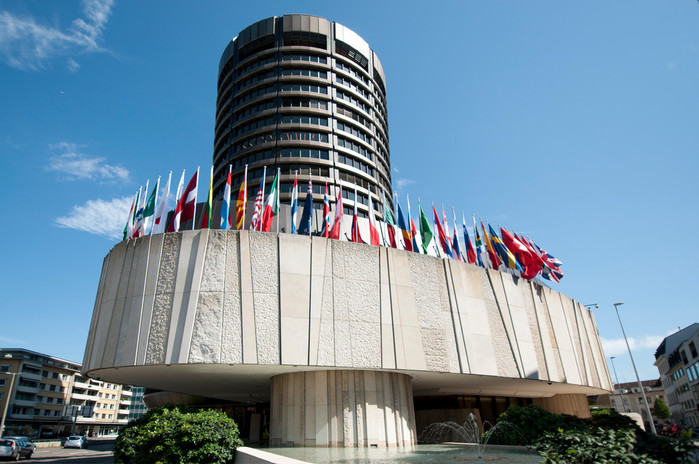by Barry Eichengreen, William Jungerman and Mingyang Liu
Although multiple studies have attempted to estimate the impact of Brexit on FDI flows into and out of the UK, no previous study appears to have undertaken a similar analysis of portfolio capital flows and financial intermediation services. This project will take three approaches to addressing these questions. The first approach will use data from the IMF’s Consolidated Portfolio Investment Survey to estimate the impact of EU membership on capital flows. Using these data, it will be possible to estimate a gravity-theoretic model of total gross portfolio capital inflows and total gross portfolio capital outflows for each country pair, pooling cross-sections for different years and attempting to identify an EU membership effect. A second approach will then replicate this analysis using bank-intermediated flows using the Bank for International Settlements’ Locational Banking Statistics. The third approach will then analyze the determinants of international financial center status and ask how this is affected by the same variables (notably by EU membership, customs union membership, and participation in the euro area). The financial consultancy Z/Yen Group provides annually a list of top international financial centers based on an extensive online questionnaire. Its Global Financial Centres Index (GFCI) is an ordinal ranking of financial centers around the world (averaging some 70 in number). Rank-ordered logit models will be used to analyze the determinants of financial center status, where the key explanatory variables will be financial links (assets and liabilities of the country in which the financial center is located, again from the CPIS) and trade data (from the IMF’s balance of payments statistics), where the effects of these variables will allowed to vary with EU membership. These estimates will then be used to construct counterfactuals for various Brexit scenarios to answer the question of how London’s financial center status will be affected.
For a paper draft, see this.






